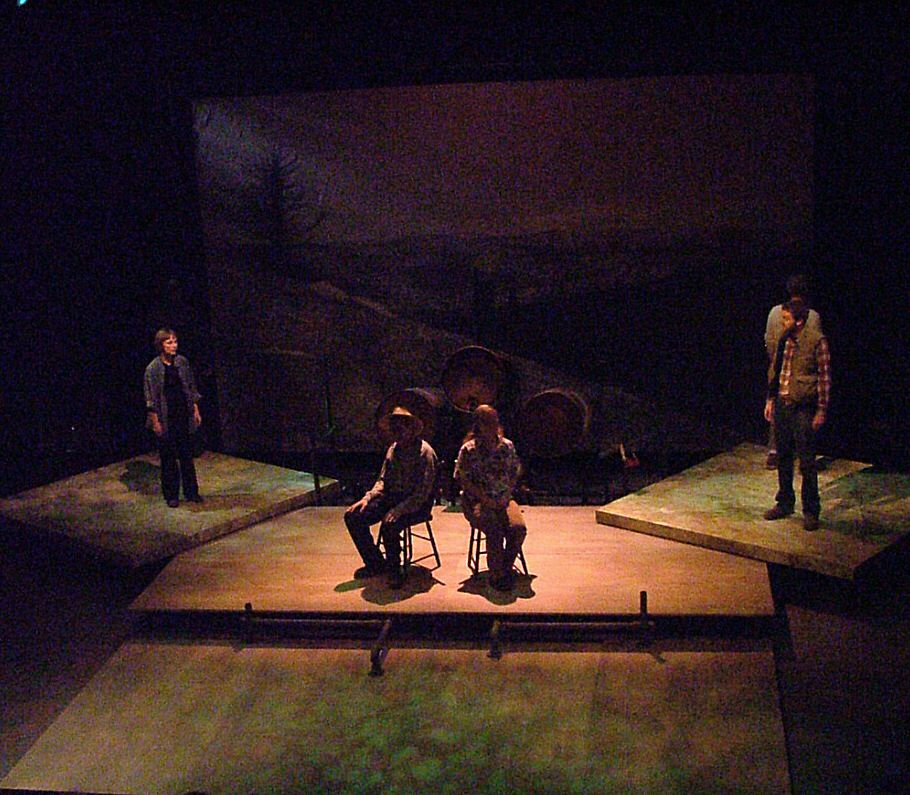

When designing lighting, the designer needs to ask himself/herself whether the light is there to indicate a specific time of the day or location, whether it is supposed to create a specific atmosphere or mood, or whether its goal is to do both. Very low levels of lighting, for example, impart a mysterious feel to a space, and might involve placing the actors in shadow or half-light. The intensity and brightness of the light used can also dictate the mood of the play. For example, blue lighting is often said to create a cold or night-time effect on stage. In this regard, different qualities of light create associations with different moods in the minds of the audience.

The mood and atmosphere of the production is vital to audience reactions and the lighting has a big role in triggering the feelings that the play aims to create for the audience. The social, historical and cultural context of the play is an important aspect in helping the lighting designer choose the type of lights he/she will use to set the mood for the play. Lighting designers in theater need to plan their lighting around the period and genre of the play. While that is an important goal, lighting in theatre can also be used to establish the time or location of a performance, to create a mood, enhance the atmosphere and to even intensify emotions. Lighting design in theater is far more than just making sure that the audience can see the action and actors on stage.


 0 kommentar(er)
0 kommentar(er)
